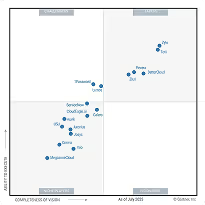HIPAA Compliance Checklist for 2025

Today, almost all companies are SaaS-powered. In fact, 80% of companies use at least one SaaS app and spend an average of $2,623 per employee per year on SaaS.
Software spending has become the third biggest expense in an organization, after employee and office spending. So, how do I keep my spending optimized?
Well, the answer is to use a SaaS spend management software.
These solutions help transform how your business manages spending, from simplifying SaaS cost tracking to optimizing procurement processes. However, with so many SaaS spend management platforms available, choosing the best among them might be tricky.
So, to assist you in making an informed decision, we've created a list of the best SaaS spend management tools to save you time and effort.
TL;DR
- SaaS spend management helps enterprises optimize their software costs by reducing waste, eliminating underutilized apps, and streamlining renewals.
- Effective tools provide centralized visibility of all SaaS subscriptions, allowing businesses to make data-driven decisions, prevent shadow IT, and avoid unnecessary expenses.
- Key features like contract optimization, license right-sizing, and automated renewal alerts help businesses control spending and ensure they're only paying for what they use.
- Implementing SaaS spend management software leads to better procurement practices, improved vendor negotiations, and increased cost savings.
- The best SaaS spend management platforms, like CloudEagle.ai, Vendr, and Sastrify, offer comprehensive tools for discovery, cost analysis, and workflow automation, making SaaS spending more efficient and manageable.
What is SaaS Spend Management?
SaaS spend management is the process of tracking, controlling, and optimizing all expenses related to your organization’s software subscriptions. It helps businesses understand where their money is going, identify unused or duplicate tools, and ensure every dollar spent adds real value.
By actively managing SaaS spend, companies can reduce unnecessary costs, eliminate underused licenses, and right-size contracts based on actual usage. This not only helps in cutting waste but also improves security and compliance by keeping all software purchases visible and approved.
In simple terms, SaaS spend management ensures that your organization uses the right tools at the right cost, maintaining productivity while staying within budget.
Key goals of SaaS spend management:
- Eliminate unused or duplicate software subscriptions.
- Gain visibility into all SaaS expenses and usage.
- Optimize licenses and right-size vendor contracts.
- Strengthen security and compliance through better control.
- Improve ROI by aligning spend with actual business needs.
Why Do You Need Saas Spend Management Software?
On average, 30% of SaaS software spending is unused or wasted in a company. However, this does not have to be the case.
SaaS spend optimization software is one of the approaches businesses follow to control their SaaS portfolio costs and maximize the value of SaaS apps through effective cost optimization tactics.
Here are some of the key reasons why a firm needs SaaS spend management tools;
1. Centralized Visibility
SaaS spend management software provides a centralized platform for viewing all your organization's SaaS applications and associated costs. This visibility helps you understand where your money is going and enables better decision-making.
These tools help organizations analyze how much they use their subscriptions compared to what they're paying. By combining this data, they can spot where they're paying for things they don't really need so they can spend their money more wisely and use their resources better.
2. Reduce SaaS Spend
By analyzing your SaaS usage and costs, you can identify opportunities to optimize spending. By leveraging the right SaaS insights, organizations can renegotiate contracts, remove unused licenses, or transition to more cost-effective options.
Organizations can maximize the value derived from their SaaS spending by optimizing it. This involves eliminating redundant applications with similar functionality, identifying and removing underutilized or unwanted SaaS apps, and more.
These actions directly impact the company's bottom line and pave the way for future cost-effectiveness and efficiency.
3. Remove Underused Apps
Unused or underutilized SaaS applications represent wasted resources. This incurs unnecessary costs for the company, making it advantageous to eliminate or redistribute those licenses for use elsewhere.
SaaS spend management software makes it easy to spot unused or redundant applications. You can either boost their usage or cut them out to save money. These tools help identify and remove unnecessary SaaS apps, reducing the risk of security issues linked to unchecked SaaS expansion.
4. Prevent Shadow IT
These tools assist IT teams in identifying and preventing shadow IT. Shadow IT is the illicit acquisition, deployment, and use of digital services or devices (for example, cloud-based software) to avoid a central IT department. Shadow IT can expose a business to compliance and safety risks if not managed.
5. Renewal Alerts
Missing the renewal deadline can result in service interruptions or unnecessary costs. SaaS spend management software sends alerts and reminders for upcoming renewals. It ensures you can review your subscriptions and make informed decisions before they expire.
With customizable settings, you can set up renewal alerts at intervals of 30, 60, or 90 days before the renewal dates. It ensures timely decision-making and effective management of your software subscriptions.
6. SaaS Overlap
These technologies also assist businesses in identifying app overlap so that no organization pays for duplicate subscriptions to similar software. Some overlap exists with cloud-based cost management software.
However, these technologies track and control cloud infrastructure spending instead of cloud-based SaaS applications.
7. Automation
Manual tasks such as license management, procurement, and compliance tracking can be time-consuming and prone to errors. By automating SaaS spending and expense-tracking operations, organizations can increase efficiency and productivity.
Organizations can achieve long-term productivity gains by freeing employees from routine duties and allowing them to execute jobs that generate income for their organization.
SaaS Spend Management vs. SaaS Spend Optimization
SaaS spend management is an ongoing, cloud based spend management program focused on policy, governance, visibility, and disciplined renewals across apps, licenses, contracts, and vendors. SaaS spend optimization applies targeted tactics, often via saas cost optimization software, to rapidly cut waste without hurting productivity.
Apply management when building scalable saas cost management foundations; apply optimization before renewals, during headcount changes, M&A, or when savings targets from savings management software vendors are due.
10 Best SaaS Spend Management Software
You can choose from various SaaS spend management software, such as CloudEagle.ai, Vendr, Sastrify, Torii, Finly, Zylo, Spendflow, Zluri, Snow, and Certero. Let's analyze which tool is the most suitable for you, as not all tools can meet your unique needs.
1. CloudEagle.ai
CloudEagle.ai is a comprehensive SaaS management and procurement platform with built-in SaaS spend management capabilities. The tool helps companies discover, manage, govern, and renew SaaS apps from a centralized solution.
The platform uses automated workflows to handle vendor management and cost optimization, so your team can focus on other important tasks. With features like SaaS discovery, shadow SaaS detection, license management, and contract tracking, CloudEagle.ai makes SaaS cost management easy and efficient.
Here's how the software helps in cost optimization:
1. Discover and Optimize Low-Usage Apps
One of the key ways to optimize SaaS spending is by identifying and eliminating underused or unused apps. CloudEagle.ai lets you quickly pinpoint which applications aren't being fully utilized, allowing you to make informed decisions about whether to keep, retire, or reallocate licenses.
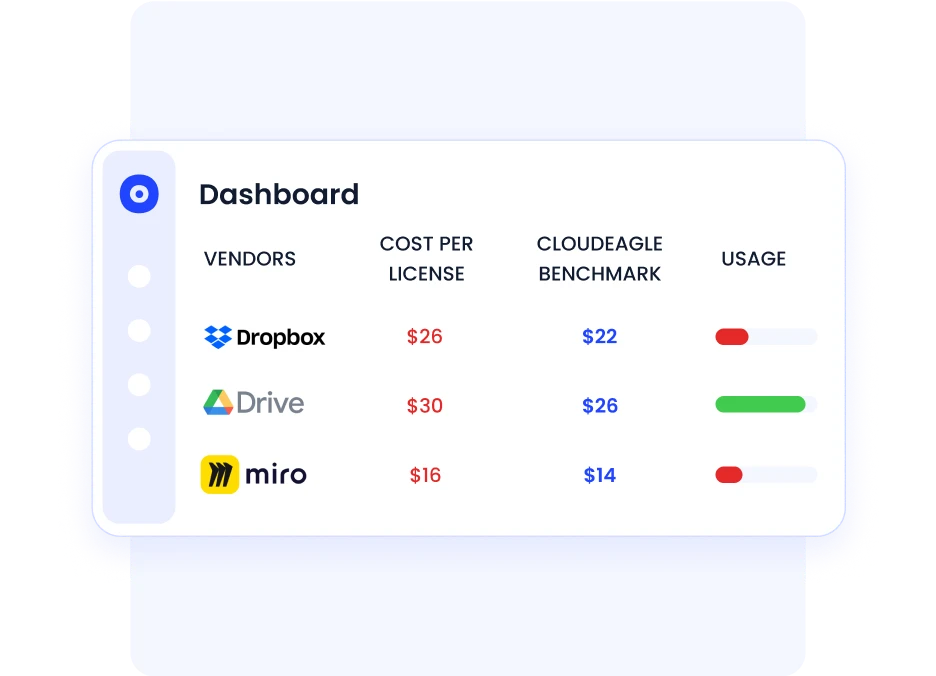
How It Helps:
- Pinpoints unused apps and reallocates licenses for efficiency.
- Minimizes unnecessary spending by eliminating low-usage apps.
- Ensures resources are used efficiently to avoid budget waste.
2. Eliminate Duplicate Apps and Redundant Subscriptions
Many organizations struggle with duplicate subscriptions across departments, which leads to wasted spend. CloudEagle.ai identifies these redundancies and consolidates SaaS licenses, potentially offering better vendor prices.
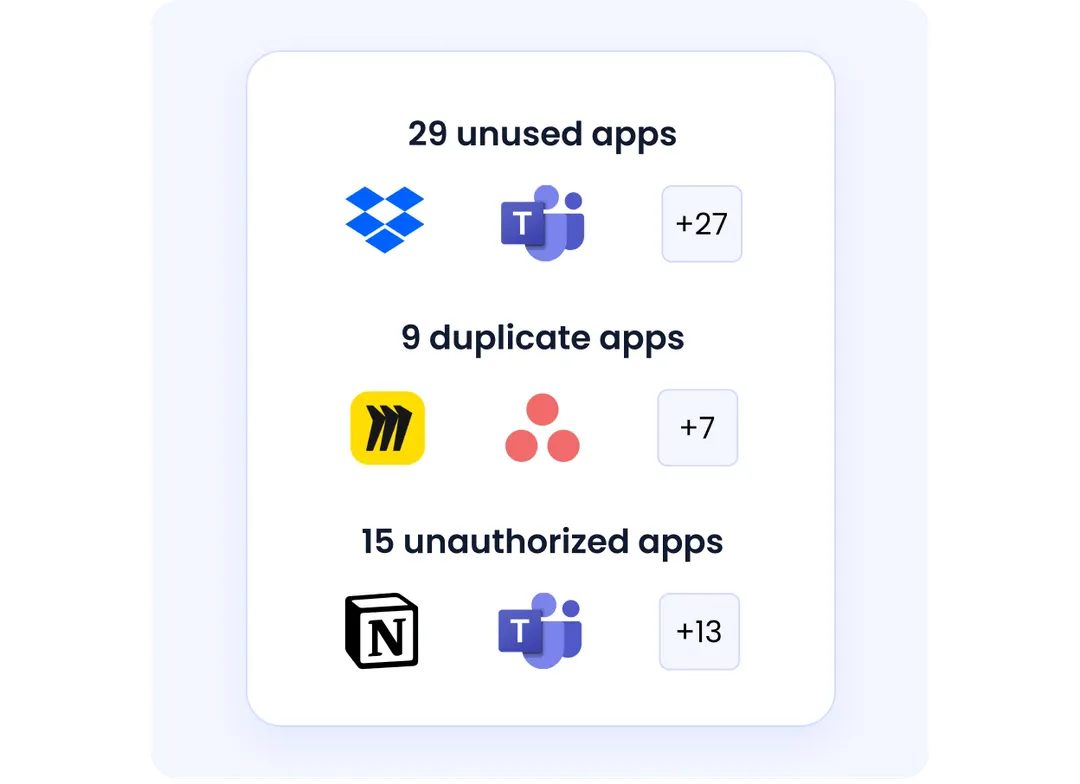
How It Helps:
- Identifies duplicate subscriptions and optimizes spend.
- Consolidates user licenses across departments to reduce costs.
- Sends immediate alerts for unauthorized SaaS apps to maintain compliance and prevent shadow IT.
3. Cost Optimization and SaaS Spend Management
CloudEagle.ai continuously monitors your cloud costs in real-time, offering clear breakdowns of spending. The tool helps identify areas for improvement, such as SaaS overuse, underuse, or duplication, and takes proactive measures to prevent overspending.
How It Helps:
- Provides real-time visibility into SaaS spending for proactive management.
- Identifies areas of optimization by analyzing user activity and app usage.
- Sets up alerts to detect unauthorized spending, shadow IT, and duplicate apps, ensuring budget compliance.
4. License Management and Reclamation
With CloudEagle.ai, you can efficiently manage software licenses and prevent underutilization from impacting your ROI. Its automated license reclamation workflows allow you to deprovision low-usage users and reclaim licenses, ensuring optimal use of resources.

How It Helps:
- Helps deprovision inactive users and reclaim unused licenses.
- Ensures licenses are used efficiently across the organization.
- Provides a clear overview of license usage, optimizing SaaS investment.
Additional Key Features
- Get complete visibility into your SaaS stack with CloudEagle.ai's AI-powered discovery engine, ensuring no app goes unnoticed.
- Track and manage all vendor contracts in one centralized location, ensuring you never miss a renewal date.
- Streamline the procurement process with automated workflows that save time and reduce manual oversight.
- Leverage CloudEagle.ai’s vendor research capabilities to find the best software solutions, negotiate better deals, and make informed decisions.
- Generate detailed financial reports for budgeting, forecasting, and strategic decision-making.
2. Vendr
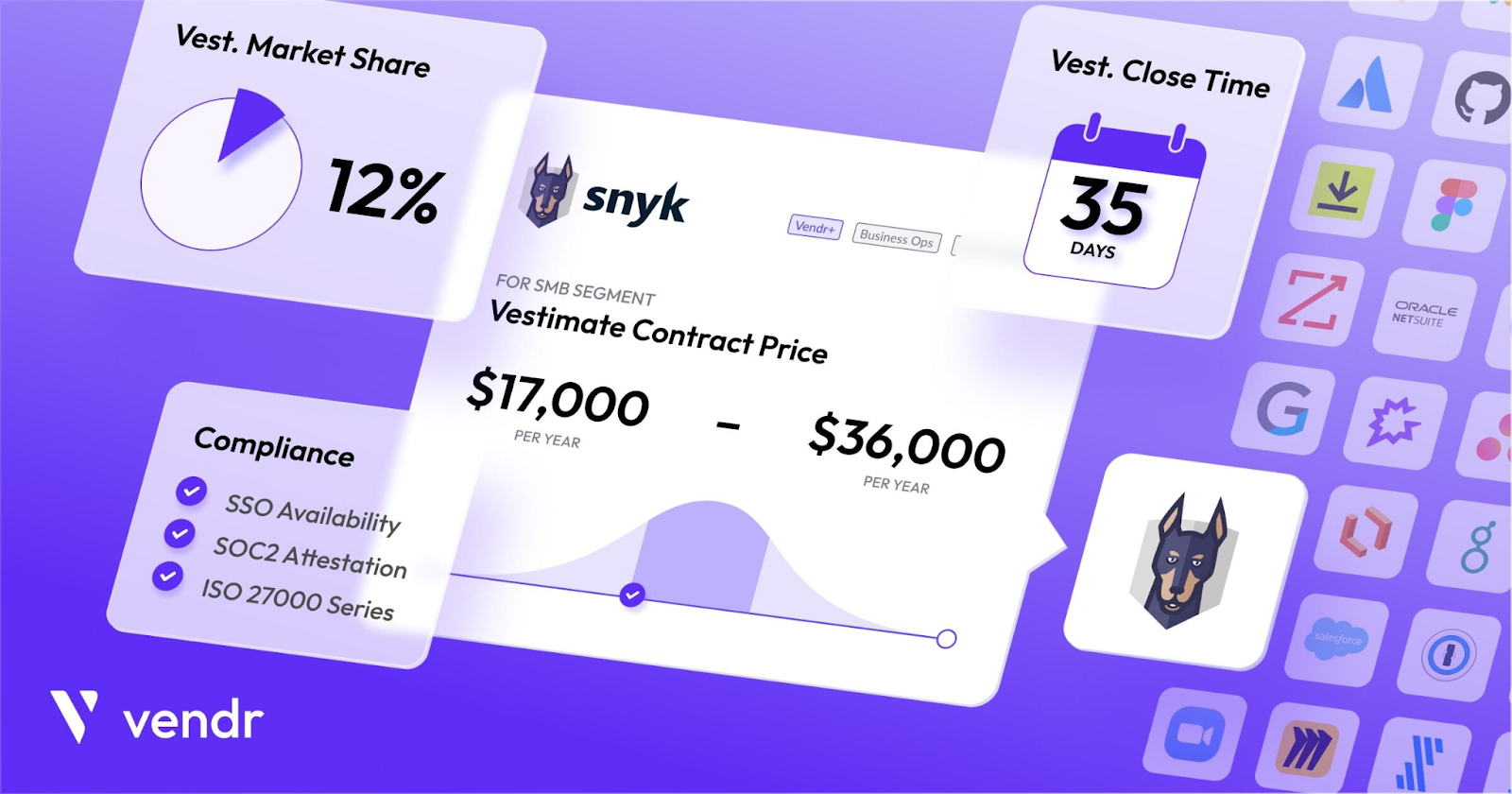
Vendr is a SaaS procurement platform that helps companies reduce SaaS spending and streamline software purchases by providing data-backed insights, price benchmarking, and expert negotiation support.
Key Features
- Leverages thousands of verified transactions to provide optimized purchasing recommendations.
- Tracks renewals, spending, and contract health in one place, helping organizations stay on top of costs.
Pros
- Offers a dedicated team to handle vendor negotiations and secure better deals.
- Provides access to up-to-date pricing and vendor data, ensuring informed decisions.
Cons
- More suitable for large enterprises, making it costly for smaller businesses.
- Lacks deep customization for niche procurement needs.
3. Sastrify
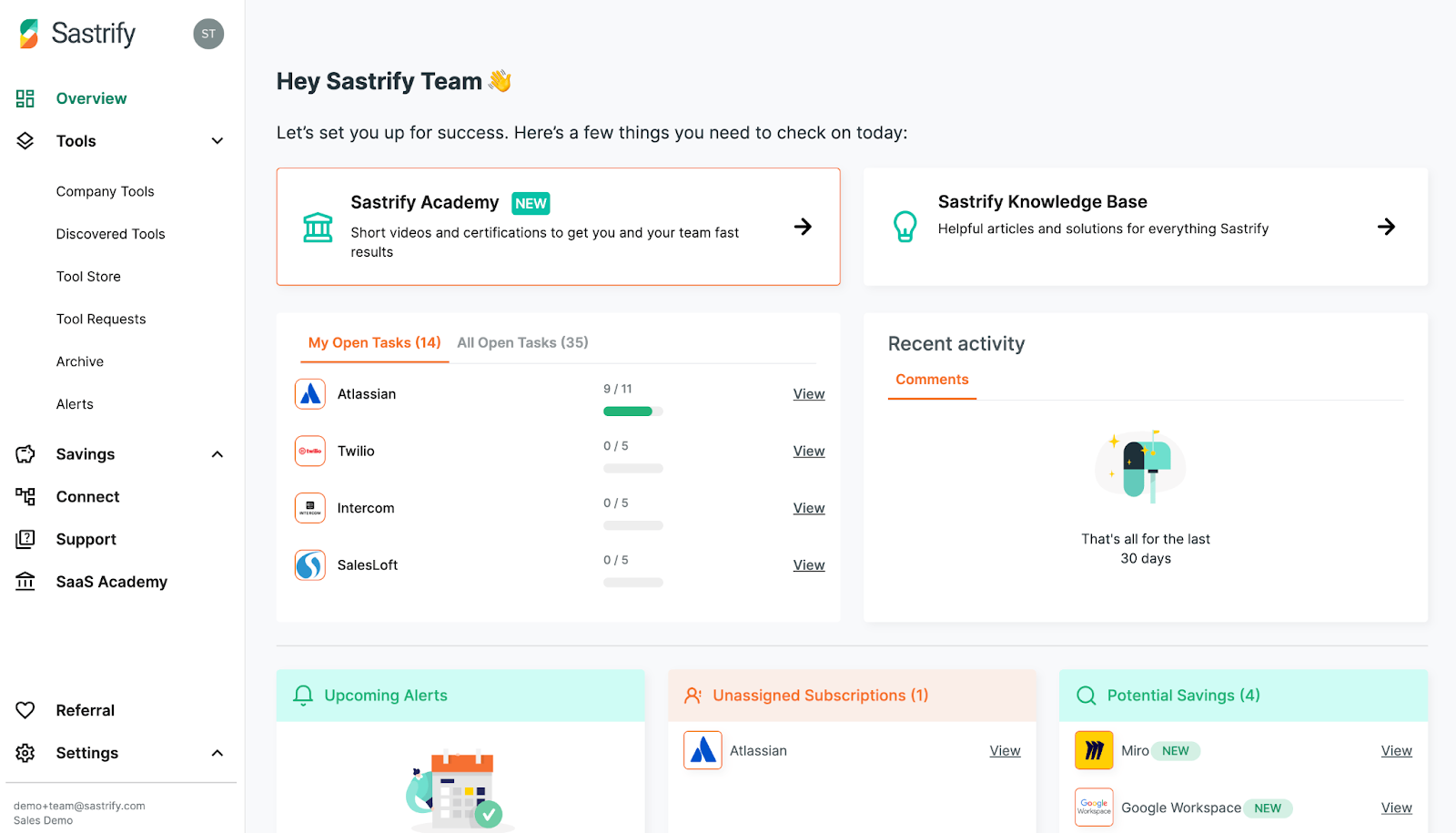
Sastrify is a SaaS spend management platform that helps businesses optimize their SaaS purchasing by providing pricing benchmarks, detailed spend reports, and access to a team of experts for negotiations and strategic guidance.
Key Features
- Identifies savings opportunities and helps negotiate better deals with vendors.
- Tracks SaaS software licenses and invoices for better management.
Pros
- Simplifies SaaS contract management and optimizes vendor negotiations.
- Provides detailed insights into spend and usage to inform decision-making.
Cons
- Sometimes tricky to integrate with existing systems.
- It can be costly for smaller organizations.
4. Torii

Torii is a SaaS optimization platform that provides businesses with insights into their SaaS usage and consumption, helping them reclaim unused licenses and reduce unnecessary expenses.
Key Features
- Tracks your SaaS spend, providing a clear view of contract data and ERP.
- Automates license reclamation and helps businesses recover unused subscriptions.
Pros
- Streamlines repetitive tasks, saving time and reducing manual effort.
- Provides a clear overview of all SaaS applications, making it easier to optimize usage.
Cons
- It may be overwhelming for beginners due to its complexity.
- The initial setup requires significant time investment.
5. Finly
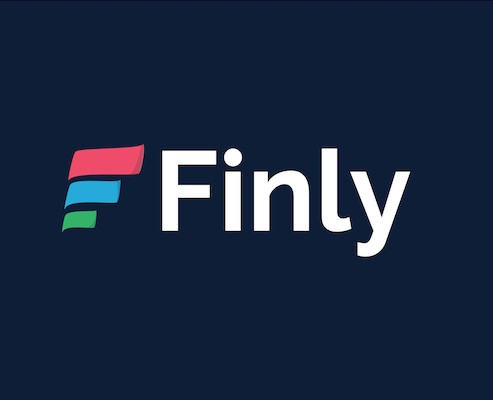
Finly is a platform for automating and tracking business expenses. It helps companies manage and optimize their spending with features like vendor payments, digital cash distribution, and compliance with GST invoicing.
Key Features
- Automates tracking and payments, ensuring seamless financial processes.
- Keeps all business systems up-to-date with real-time financial transactions.
Pros
- Helps optimize budgets and track expenses efficiently.
- Provides visibility for all stakeholders, improving coordination.
Cons
- Some users find the interface challenging to navigate.
- Lacks some of the more advanced features found in other tools.
6. Zylo

Zylo is a SaaS optimization platform that helps businesses reduce SaaS spending by providing visibility into all apps in use, negotiating better contracts, and managing the SaaS portfolio efficiently.
Key Features
- Provides a detailed overview of SaaS usage, helping organizations optimize spend.
- Offers a team of experts to handle negotiations and secure better pricing.
Pros
- Helps businesses reduce and optimize SaaS expenses.
- Enhances visibility and control over software usage.
Cons
- It can be costly for smaller organizations.
- Some features require training, which could be time-consuming.
7. Spendflo

Spendflo helps high-growth companies optimize their SaaS purchases by automating the procurement and approval workflows, speeding up vendor and security compliance, and tracking consumption.
Key Features
- Helps reduce SaaS expenses through purchasing and approval workflow optimization.
- Accelerates compliance checks to ensure smooth procurement.
Pros
- The platform is user-friendly and simple to navigate.
- Designed to help companies save money on SaaS purchases.
Cons
- May lack some features compared to competitors.
- Some users report slower response times from customer support.
8. Zluri
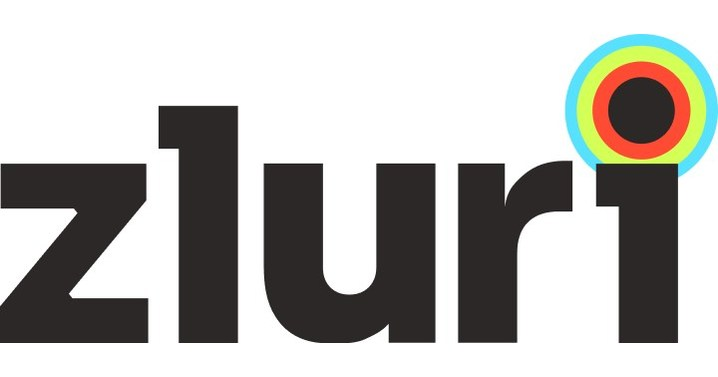
Zluri is a SaaS management platform designed to help organizations maximize their savings, optimize SaaS usage, and streamline app management, from discovery to automation.
Key Features
- Helps identify and optimize underutilized or unneeded apps.
- Simplifies SaaS purchases, renewals, and employee onboarding/offboarding.
Pros
- Easy to use and navigate, improving user experience.
- Helps eliminate redundant apps, maximizing cost savings.
Cons
- Full feature access can be pricey.
- The initial setup may take some time and effort.
9. Snow

Snow provides visibility and control over both SaaS and traditional software assets, helping organizations optimize their software spending and reduce waste.
Key Features
- Manages both SaaS and traditional software assets for full visibility.
- Helps identify cost-saving opportunities and reduce software expenses.
Pros
- Covers both SaaS and traditional software for a unified view.
- Helps uncover areas to reduce software expenses.
Cons
- The platform may be challenging for beginners to use.
- Pricing is higher compared to other similar tools.
10. Certero

Certero is a comprehensive platform for managing IT assets, offering multi-SaaS control, license management, renewals, and detailed reporting for software usage and costs.
Key Features
- Helps manage and right-size SaaS licenses to avoid overspending.
- Provides detailed usage and cost insights for better decision-making.
Pros
- Manages all software and SaaS assets in one place.
- Offers detailed spend and usage reports to optimize SaaS costs.
Cons
- Some users find the interface hard to navigate.
- Initial setup can be lengthy and complex.
Key features of effective SaaS spend management tools
Effective SaaS spend management tools blend visibility with automation. Prioritize cloud based spend management that centralizes discovery, usage insights, governance, and savings workflows to accelerate SaaS cost management and enable stronger negotiations with savings management software vendors.
- Discovery integrations (SSO, finance systems, CASB, browser)
- Usage analytics (active users, feature adoption, trends)
- License reclamation/harvesting and deprovisioning
- Contract repository with renewal calendars and alerts
- Price benchmarking and vendor savings recommendations
- Workflow automation for intake, approvals, and procurement
- Role-based access controls and least-privilege enforcement
- Reporting, budgeting, and variance-to-forecast tracking
- Shadow IT detection and app overlap identification
- Security and compliance support (access reviews, SOC 2/GDPR)
Challenges in SaaS Spend Management
Even mature SaaS spend management programs struggle with hidden waste and risk across cloud based spend management and broader SaaS cost management. Address these common blockers early to enable cleaner data, stronger governance, and faster outcomes from SaaS cost optimization software.
- Shadow IT: Unapproved apps drive untracked spend and security exposure, inflating total cost of ownership.
- Duplicate tools: Overlapping apps fragment workflows and budgets, reducing volume leverage and savings.
- Unused licenses: Idle seats erode ROI and tie up cash that could fund higher‑value initiatives.
- Siloed data: Disconnected finance, SSO, and usage data obscures true costs and hampers decision speed.
- Manual renewals: Spreadsheet-led tracking leads to missed notice periods and unfavorable auto-renewals.
- Weak benchmarking: Limited price and term benchmarks result in overpaying and poor negotiation outcomes.
- Limited app ownership clarity: Unclear business owners stall approvals, governance, and license right-sizing.
- Compliance gaps: Incomplete access reviews and vendor due diligence increase audit and regulatory risk.
Partnering with disciplined processes and capable savings management software vendors reduces these friction points and accelerates measurable savings.
SaaS Spend Management Best Practices
Use this prioritized checklist to strengthen SaaS spend management and cloud based spend management without relying on any single tool.
1. Build A System of Record: Centralize apps, contracts, vendors, licenses, costs, and owners to enable end‑to‑end SaaS cost management, governance, and auditability.
2. Formalize Intake: Route all new software requests through a brief intake with business case, security review, data processing needs, and budget source to prevent shadow IT.
3. Right‑size Licenses Quarterly: Compare paid seats vs. active usage, downgrade tiers, reclaim idle licenses, and align permissions to roles for continuous savings.
4. Eliminate Overlaps: Map use cases across teams, score functional duplication, standardize on primary tools, and deprecate redundant subscriptions.
5. Set Renewal Cadences: Calendar renewals 90/60/30 days out, assign owners, collect usage and stakeholder feedback, and prepare decision memos ahead of negotiations.
6. Benchmark Pricing: Compare list vs. peer benchmarks and historical terms (unit price, tiers, add‑ons) to inform concessions and volume commitments.
7. Automate Access Reviews: Run periodic user attestations and auto‑deprovision leavers/inactive users via HRIS/SSO signals to reduce risk and waste.
8. Track KPIs: Monitor cost per active user, license utilization %, duplicate app reduction, savings realized vs. forecast, and time to deprovision.
The Complete Guide To Saas Cost Management
A structured SaaS cost management approach leads to better outcomes.
Here’s a simplified roadmap:
1. Discovery (Monthly): Inventory all apps and owners by gathering data from SSO, finance, and network sources. The goal is 100% visibility and reducing shadow IT.
- KPI: Discovered apps vs. baseline, shadow IT reduction.
2. Rationalization (Quarterly): Consolidate duplicate apps, standardize tool tiers, and reduce vendors to improve cost-efficiency.
- KPI: App overlap and reduced vendor count.
3. License Right-sizing (Quarterly): Use usage analytics to reclaim unused licenses and reduce the cost per active user.
- KPI: License utilization and time to reclaim.
4. Contract Optimization (60-120 days pre-renewal): Benchmark pricing, adjust terms, and bundle services to increase savings.
- KPI: Savings realized vs. forecast.
5. Budgeting and Forecasting (Quarterly): Set app-level budgets and reforecast based on headcount changes.
- KPI: Variance vs. budget.
6. Continuous Governance (Monthly/Quarterly): Enforce intake processes, renewal calendars, and access reviews.
- KPI: Renewal preparedness and policy adherence.
Conclusion
Thus, conclusively, a SaaS spend management platform will enable you to view and manage all your SaaS Apps, their allocation, and consumption, helping you reduce your SaaS cost considerably.
So, we hope that, among the plethora of SaaS platforms, the above-compiled list of the best options can help you pick the most suitable platform for your business.
At CloudEagle.ai, we have a team of expert SaaS buyers familiar with the nitty-gritty of procuring SaaS and managing the tech stack. Their industry expertise has saved businesses billions in SaaS spending.
Book a demo with CloudEagle.ai to learn how to transform your organization's SaaS spending management and save on costs.
Frequently Asked Questions
1. What are the key principles or strategies for effective SaaS spend management?
Following SaaS spending principles can help any business control its SaaS spend
- Consolidate your SaaS procurement.
- Keep track of license consumption and save unused licenses.
- Reassign users to the appropriate package or service level.
- Make use of your purchasing power.
2. What to look for while purchasing tools for spend management?
When purchasing tools for spend management, consider the following key factors to ensure you get the most value:
- Strong discovery engine: Choose a platform that can detect and classify all the SaaS tools in your organization.
- Key usage insights: Ensure the system provides detailed insights on usage at the license level.
- Usage data analysis: Look for tools that analyze usage, optimize licenses, consolidate subscriptions, manage renewals, and reduce SaaS spend.
3. What are the advantages of the SaaS Spend Management tool?
SaaS Spend Management tools offer a wide range of benefits that can improve efficiency and cost control for your business:
- Simplifies procurement, boosts visibility, and improves control over your SaaS stack.
- Identifies underutilized services, reduces shadow IT risks, and helps negotiate better vendor deals.
- Saves time and money by automating subscription management, ensuring compliance, and optimizing SaaS costs.

%201.svg)










.avif)




.avif)
.avif)




.png)
